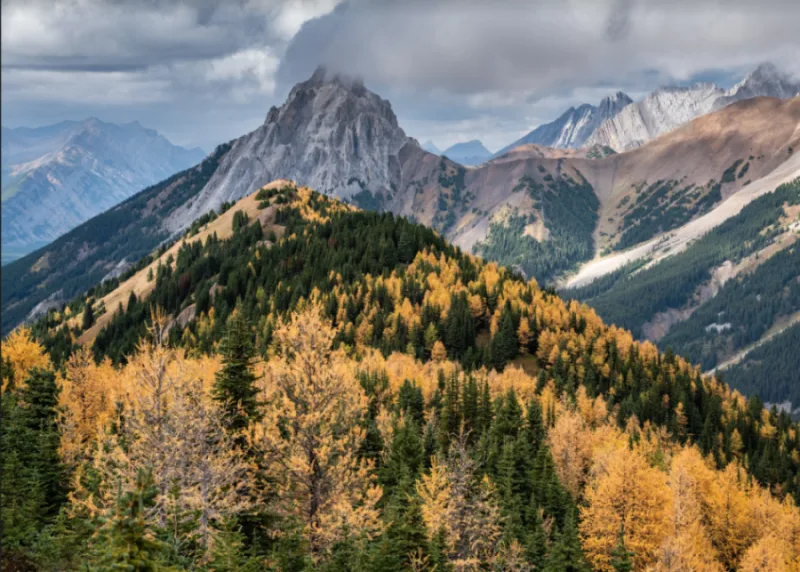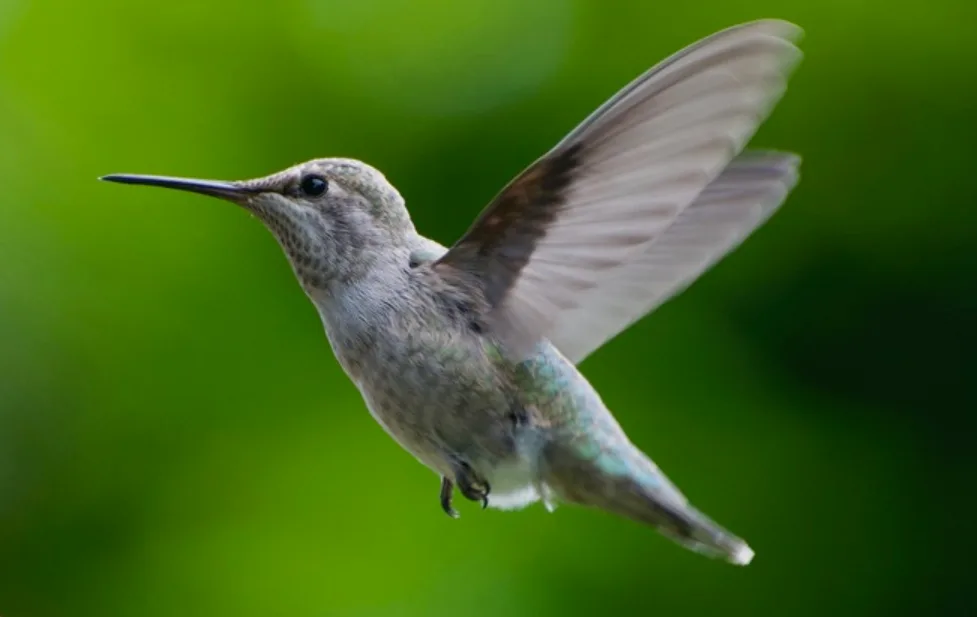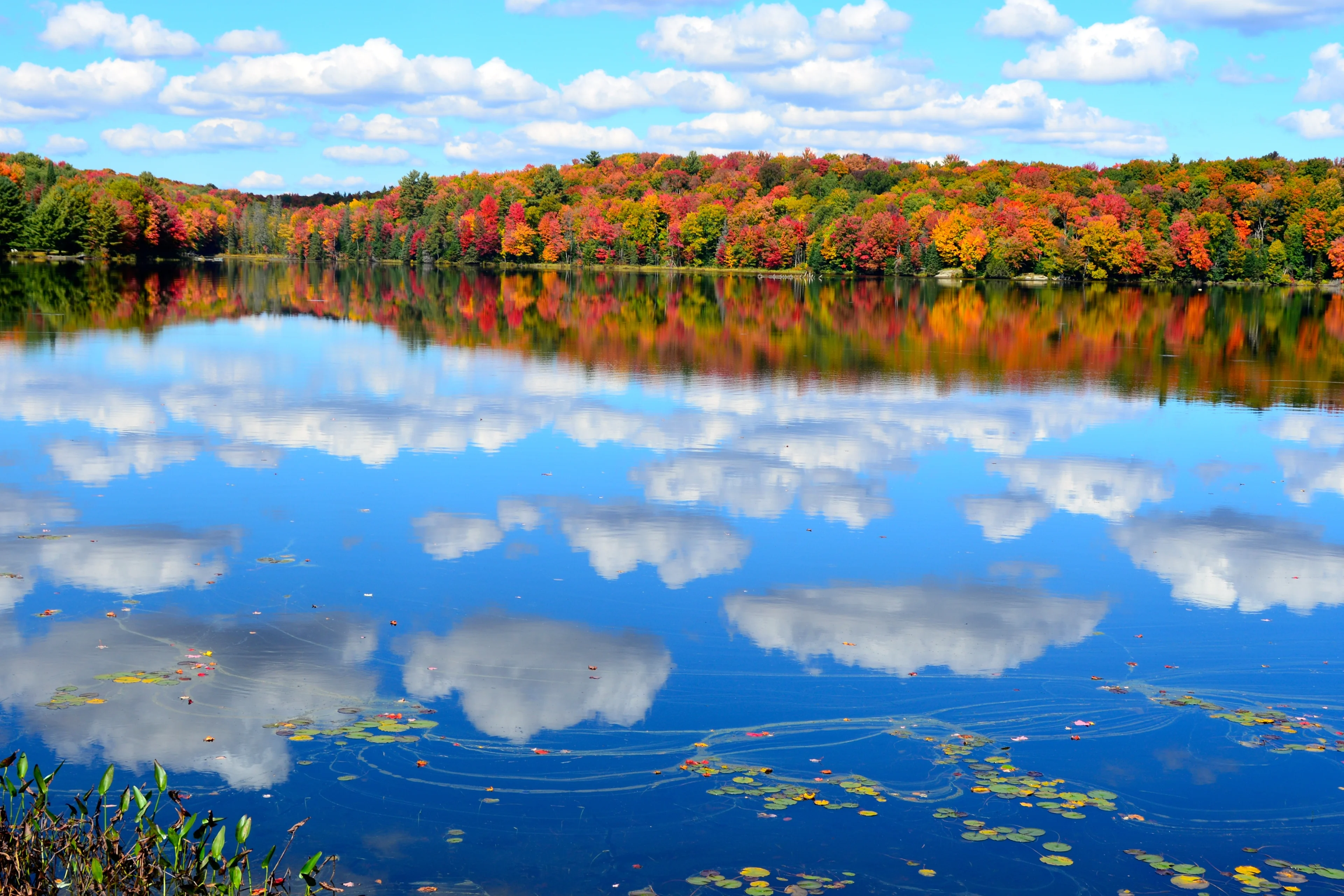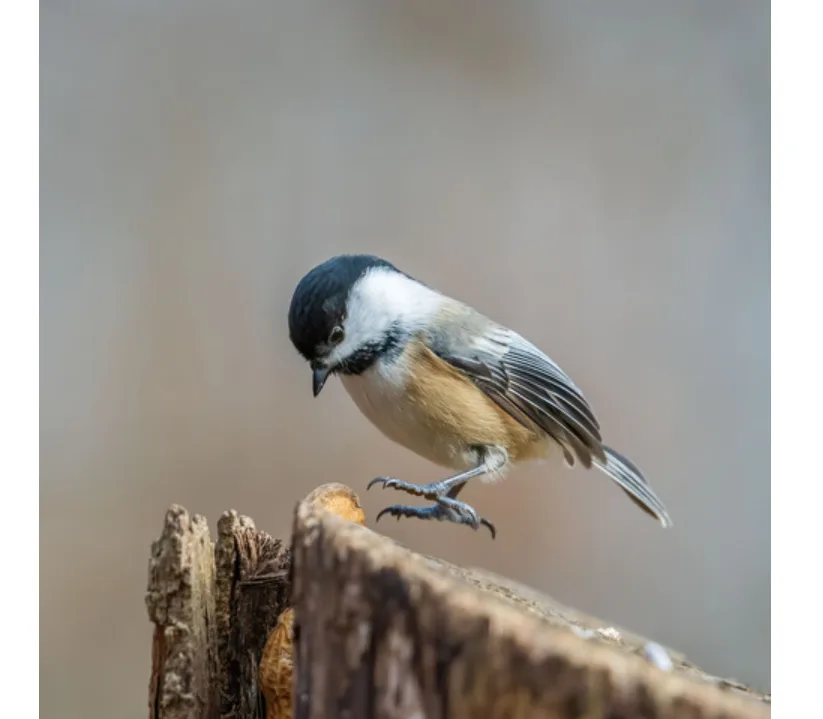
5 lesser-known interesting facts about fall
Get ready to learn some new facts.
Fall is a season where the leaves change colour, temperatures drop, and everything suddenly tastes like pumpkin spice.
Those are some fairly standard fall facts. But there's a lot of interesting things that happen this time of year. Here are five lesser-known tidbits.
5. HERE'S WHY THE LEAVES TURN RED
In the fall, you may see trees with yellow, orange, or red leaves -- and while all are common, the colour red doesn’t come quite as easy as an orange or a yellow, explains Weather Network reporter Nathan Coleman.
"Through the process of photosynthesis, leaves become green. That’s right, they become green," he says.
"Orange and yellow are their natural colours, but the use of chlorophyll changes that. Two pigments that are ever-present in the leaves are carotene and xanthophyll."
Xantho is Greek for yellow and carotene is Greek for -- you guessed it -- orange.
"When it comes to leaves turning red, some scientists would argue it depends on the weather," Nate continues.
"Red hues come from the pigment anthocyanin. Unlike chlorophyll and the orange and yellow pigments, it’s not always there."
Red leaves are produced when there has been an excess of sunlight and leaves need added protection to recover nutrients.
If it's been rainy, you may not see as many red trees.
4. FASTER THAN (A) BOLT

Courtesy: Jason Mclean Saanich, B.C.
Many animals migrate to warmer climates during the fall, among them, hummingbirds, which are among the world's smallest migratory birds.
And while their size already sets them apart, here's another interesting, fall-inspired fact: "Many hummingbirds will fly all the way to the tropics during the fall, at a rate of 48 km/h, usually non-stop," says Weather Network meteorologist Nadine Hinds-Powell.
"That's faster than the world's fastest man Usain Bolt, whose fastest speed is 46 kilometres per hour!"
3. WHAT'S IN A NAME?

Courtesy: Robert Morrow, Bracebridge, Ont.
Autumn and fall are used interchangeably in British and American English, but the names have distinct origins.
Fall is more of an American-style term, according to Merriam-Webster, although both names originated in Britain.
Autumn is derived from the Latin word autumnus and dates back to the 1300s.
The term 'fall' gained popularity in the 1600s and is a nod to the falling leaves. As the British Empire expanded and settled in North America, the English language split into British and American English. North American settlers appeared to prefer 'fall' over 'autumn,' which is why it's the predominant terminology in Canada.
2. KEEP AN EYE OUT FOR SPECTACULAR SUNSETS
Your eyes aren't playing tricks on you.
Sunsets do pop more in the winter and the fall and there are a few reasons for that according to Weather Network meteorologist Tyler Hamilton.
"First of all, dry continental air becomes much more prevalent. Cleaner air means fewer colours will be scattered out of the visible spectrum," he explains.
"So, along with your typical red and orange sunset, an incredibly vivid cotton candy pink is even a possibility. I don't know about you, but I'm rooting for that clean fall air because spectacular sunsets might just be on the horizon."
So what is scattering, anyway?
Small particles in the atmosphere and molecules change the direction of light rays, causing them to scatter, according to UW Madison professor of meteorology Steven Ackerman. Blue and violet light has a short wavelength, which means it is scattered more.
“Because the sun is low on the horizon, sunlight passes through more air at sunset and sunrise than during the day, when the sun is higher in the sky," Ackerman said in a 2007 press release.
"More atmosphere means more molecules to scatter the violet and blue light away from your eyes. If the path is long enough, all of the blue and violet light scatters out of your line of sight. The other colours continue on their way to your eyes. This is why sunsets are often yellow, orange, and red.”
1. SOME ANIMALS GET SMARTER

A black-capped chickadee. Courtesy: Bob Cote, Burlington, Ont.
Food can be scarce during the winter, so some animals will plan ahead by stashing food in various locations. But birds and rodents don't have GPS trackers or smartphones.
So how do they remember where they put everything?
Some animals, like the black-capped chickadee have adapted the ability to become smarter during fall, in a bid to help them recover more food.
A 2003 study found that during the fall, as the bird gathers and stores seeds, its hippocampus, which is the part of the brain responsible for spatial organization and memory in many species, adds new nerve cells.
This causes the chickadee's brain to expand in volume by as much as 30 per cent.






